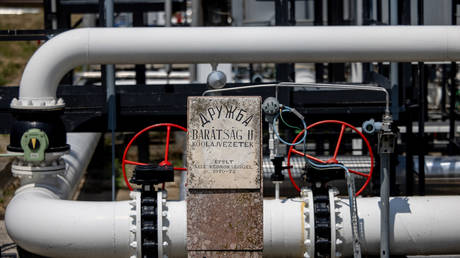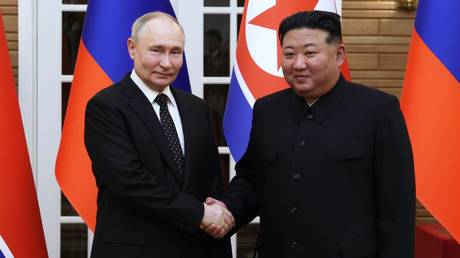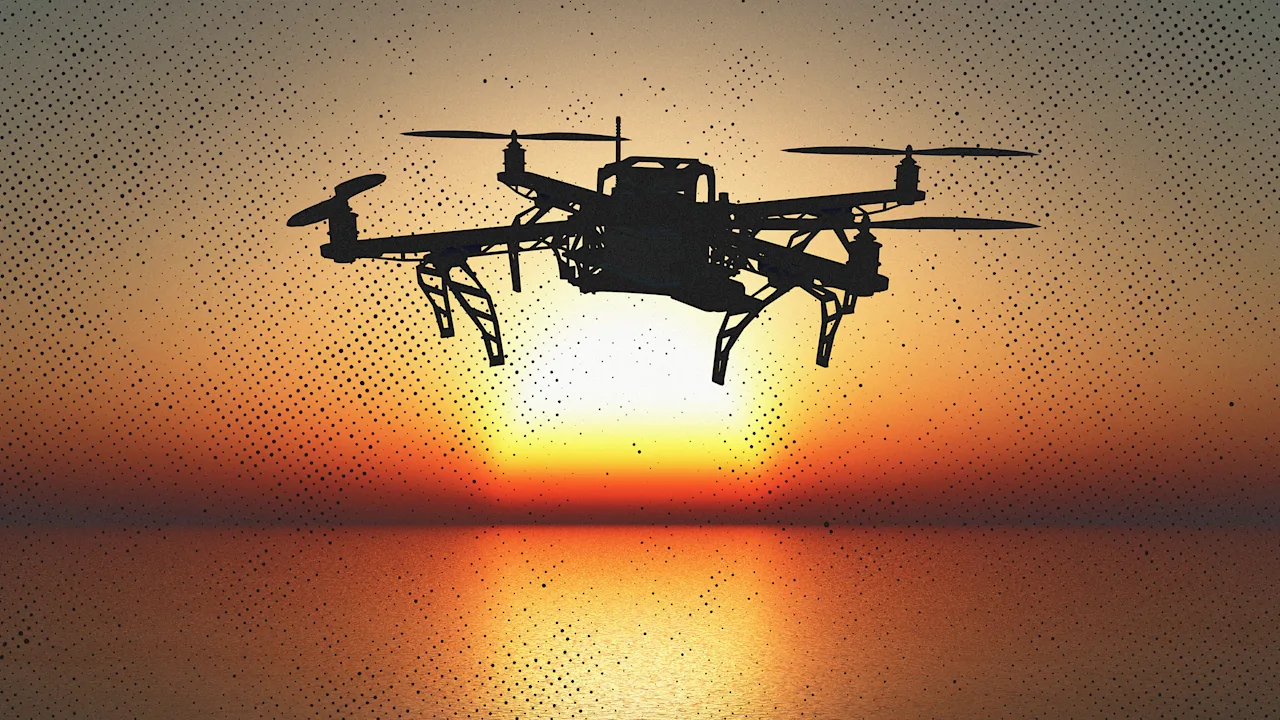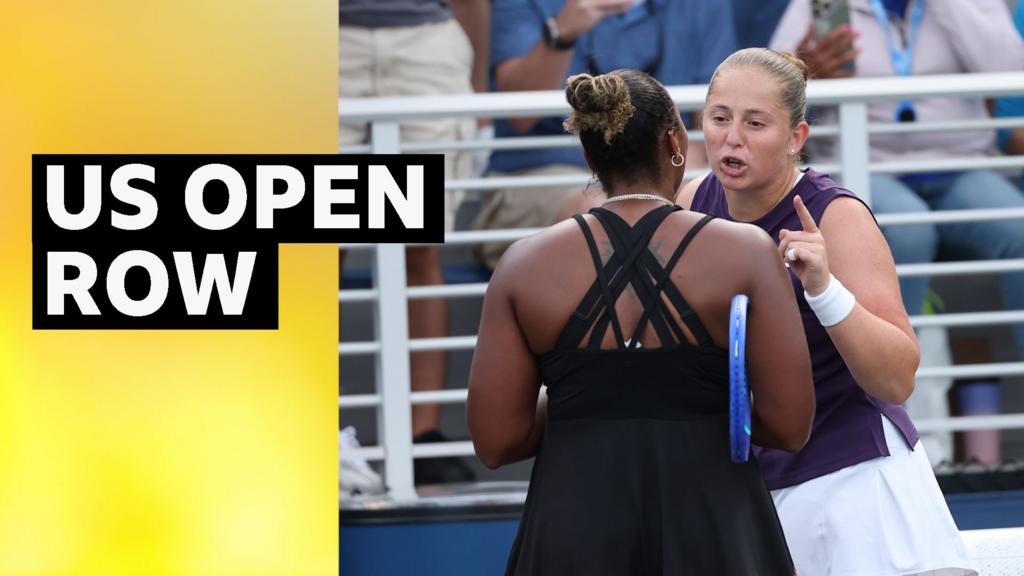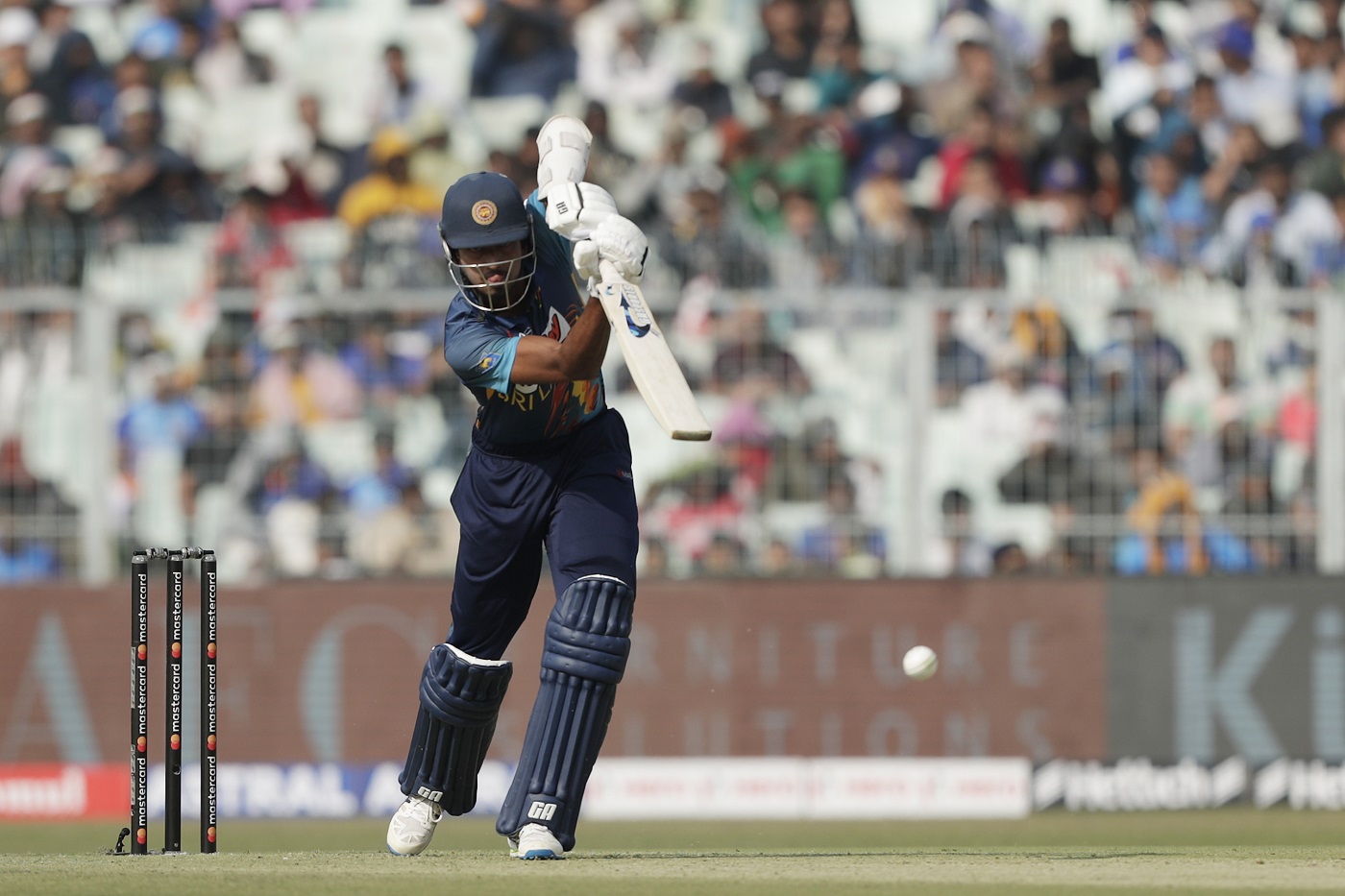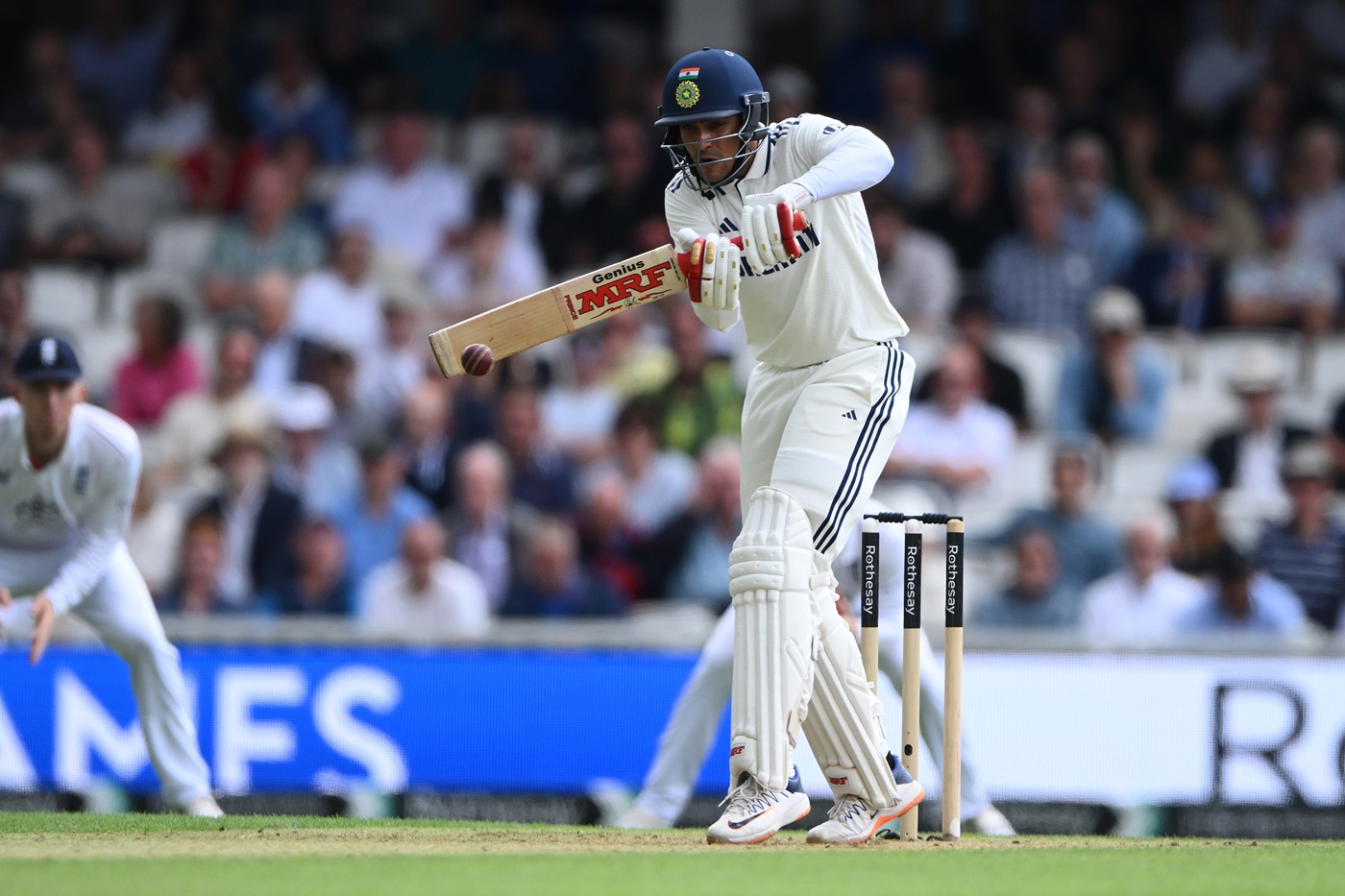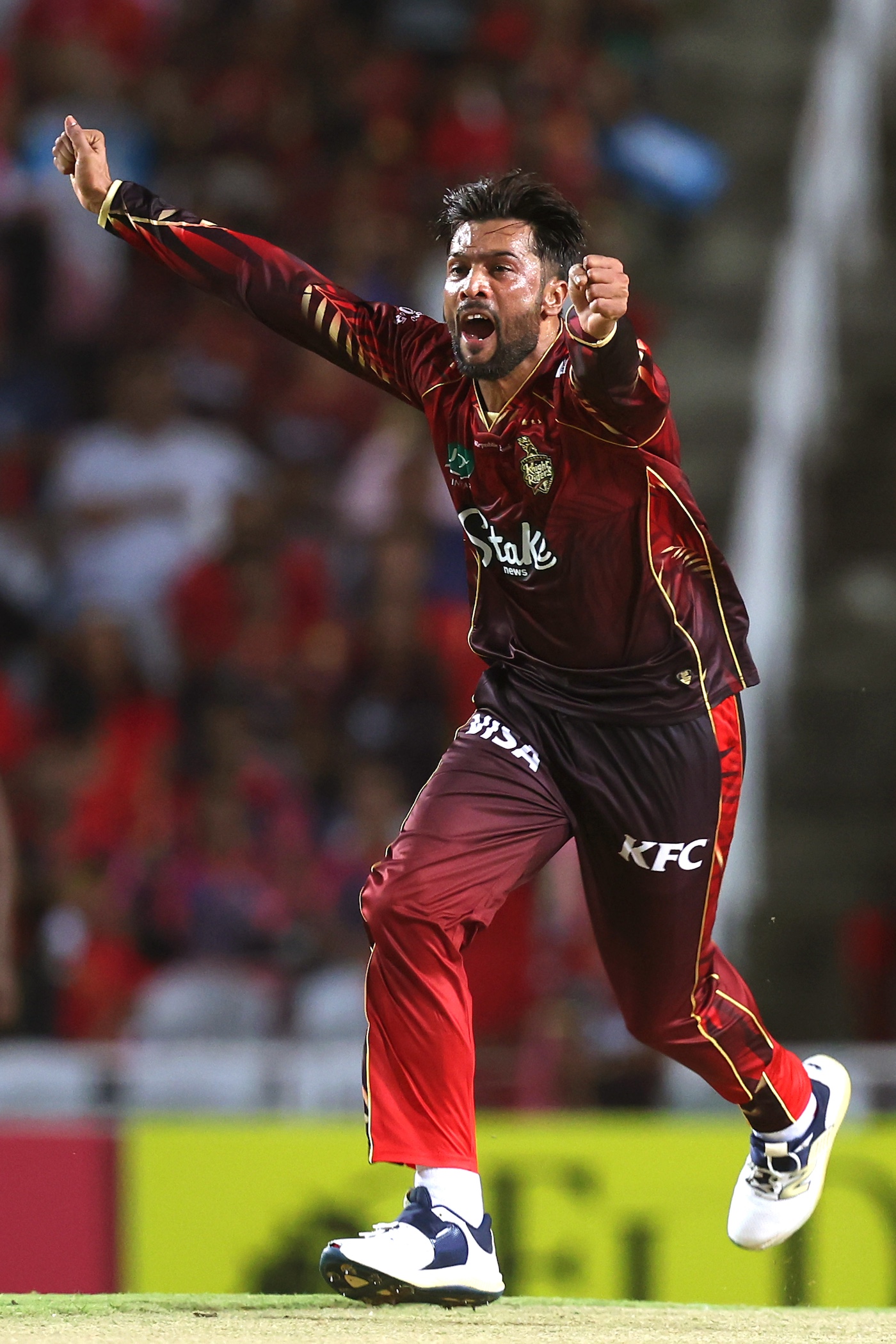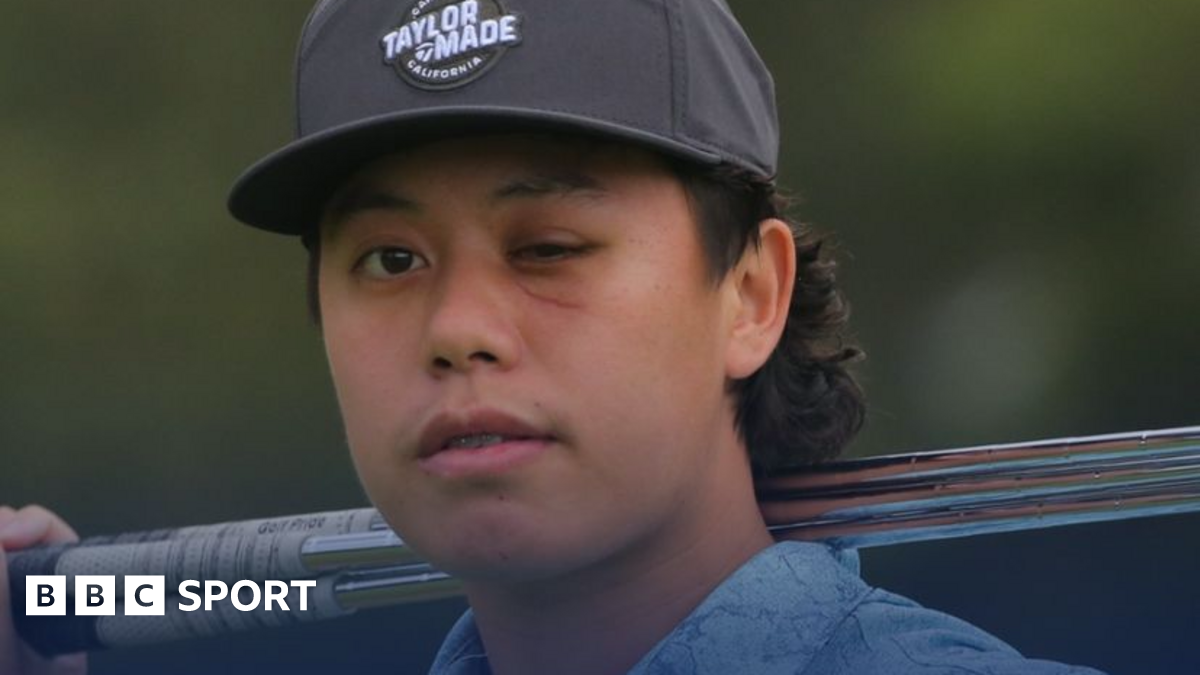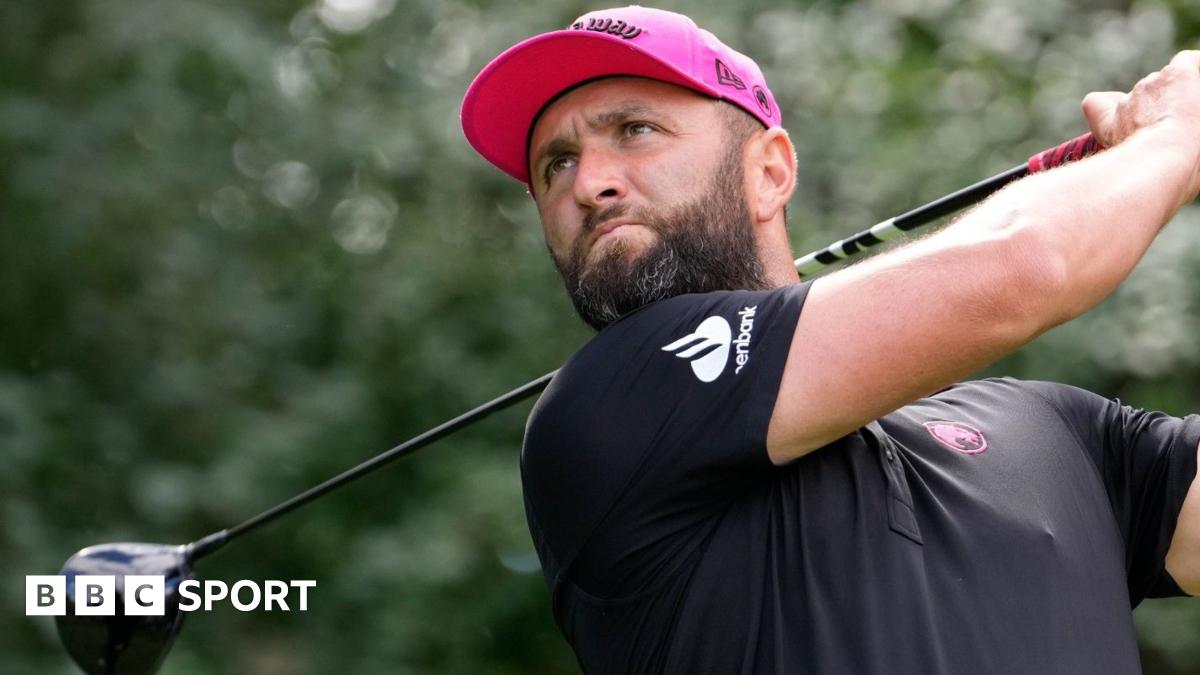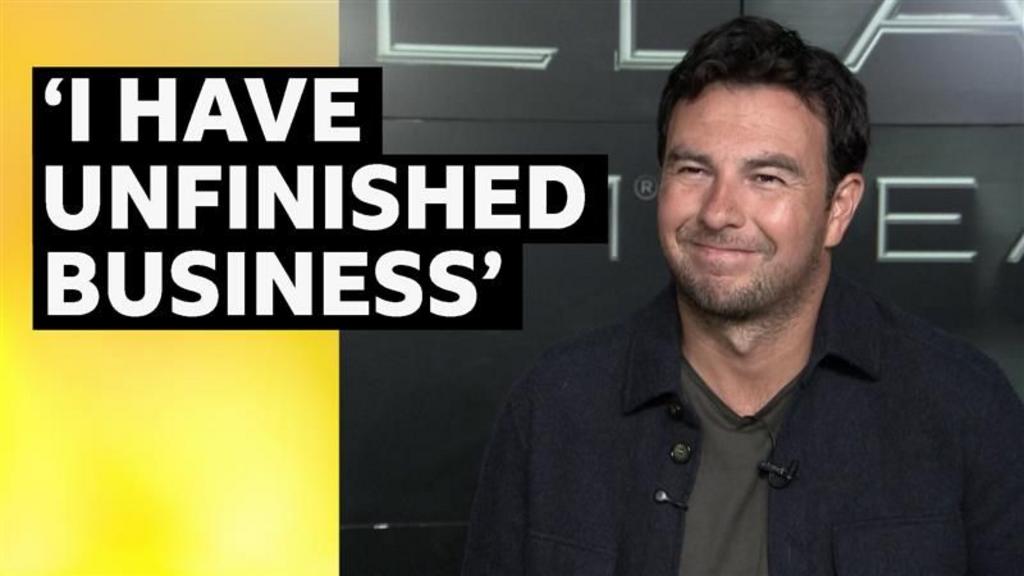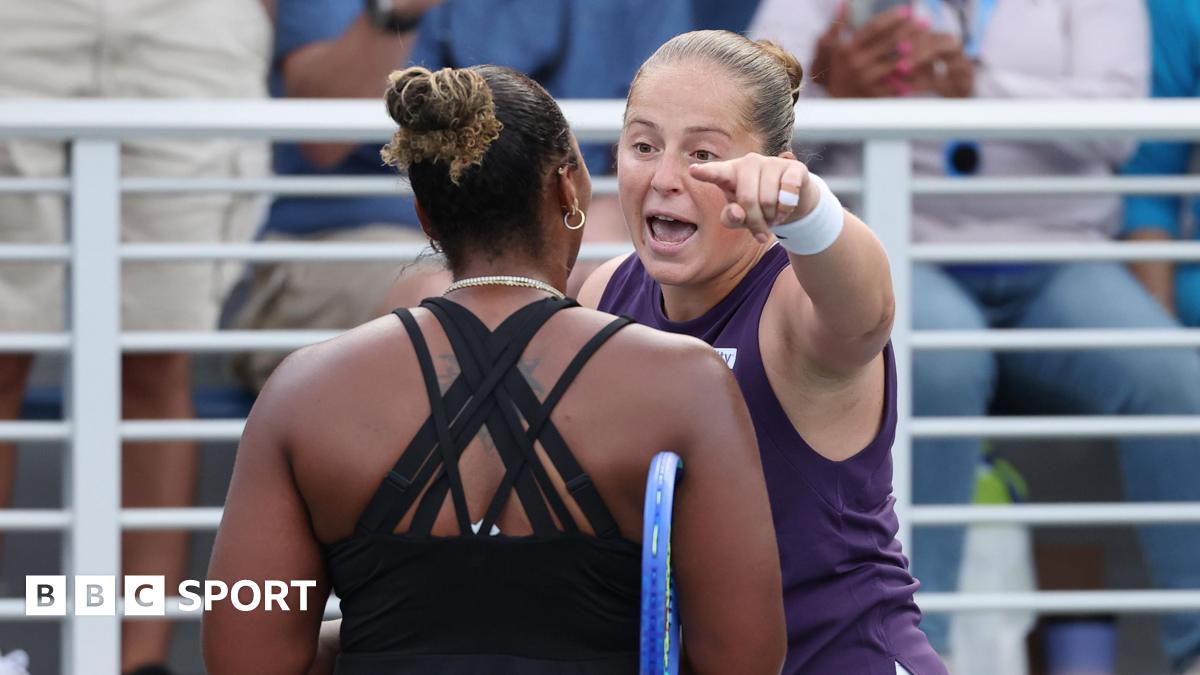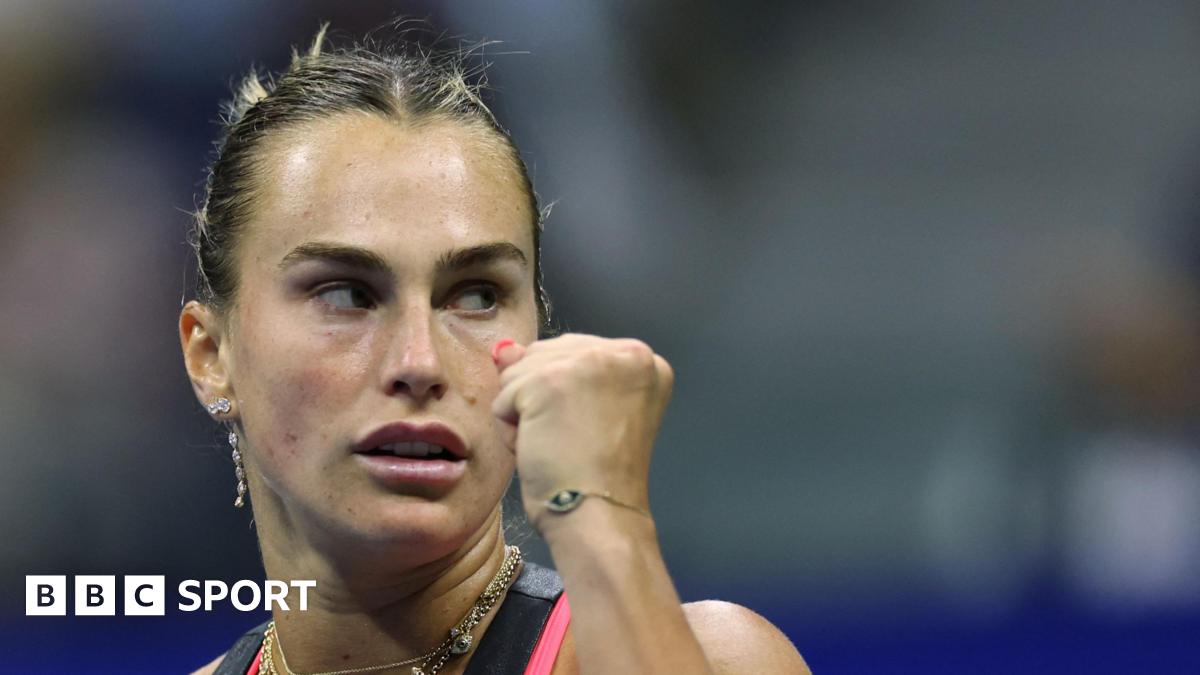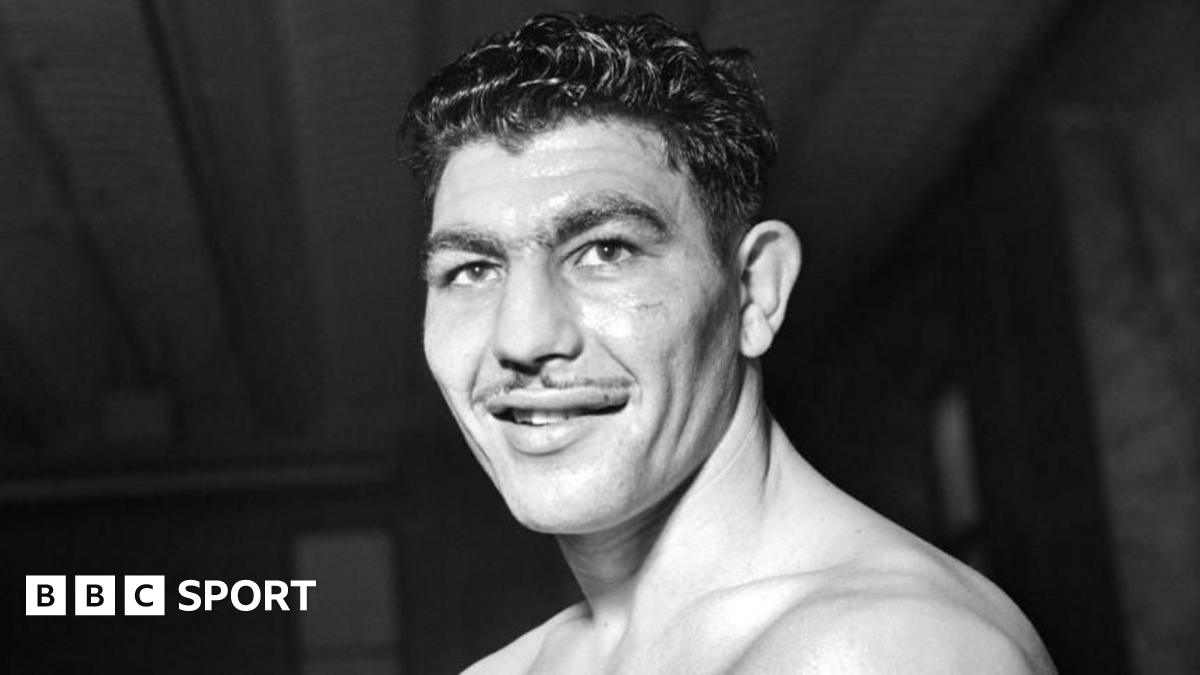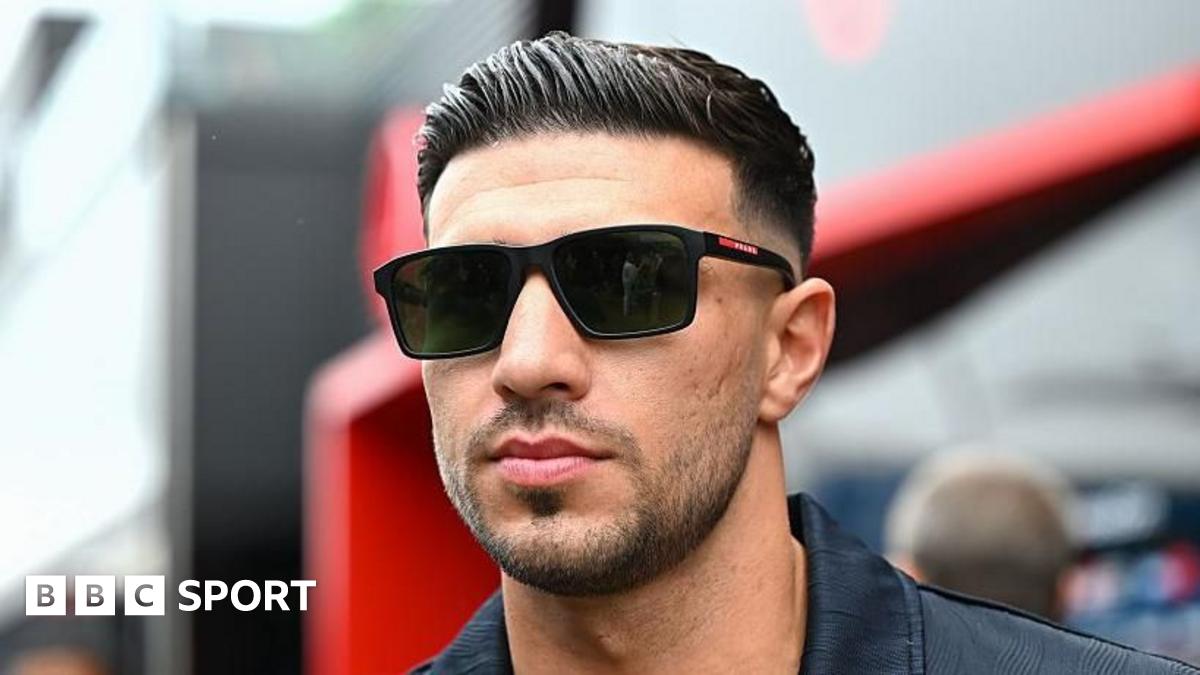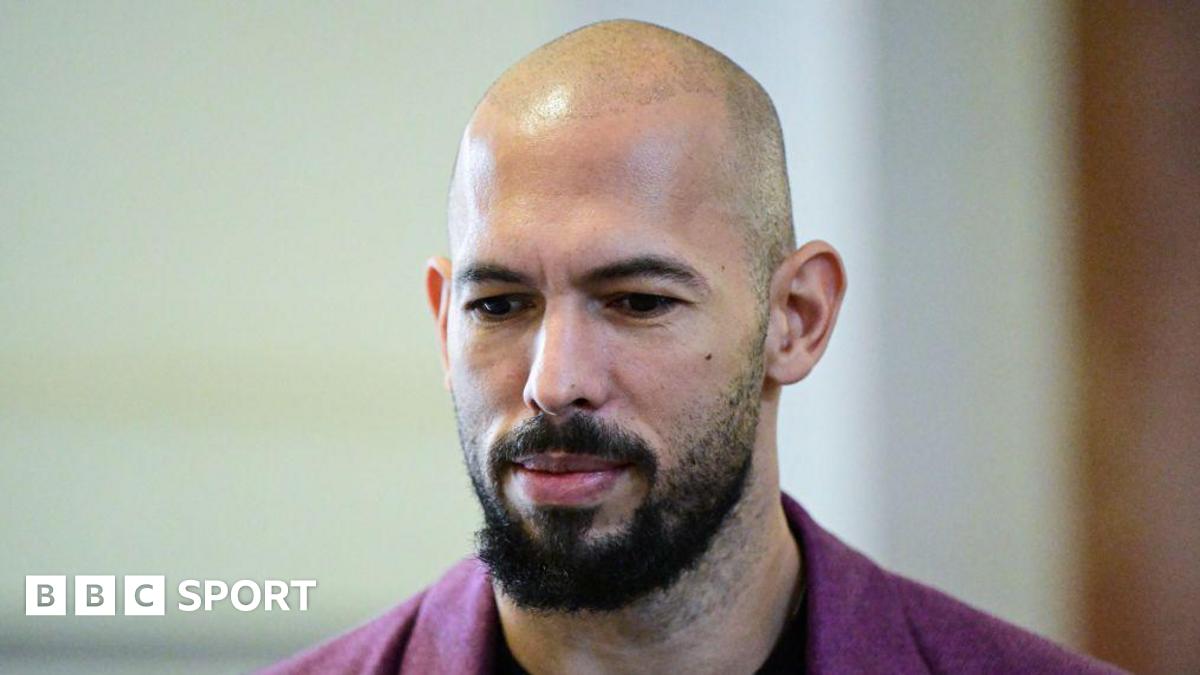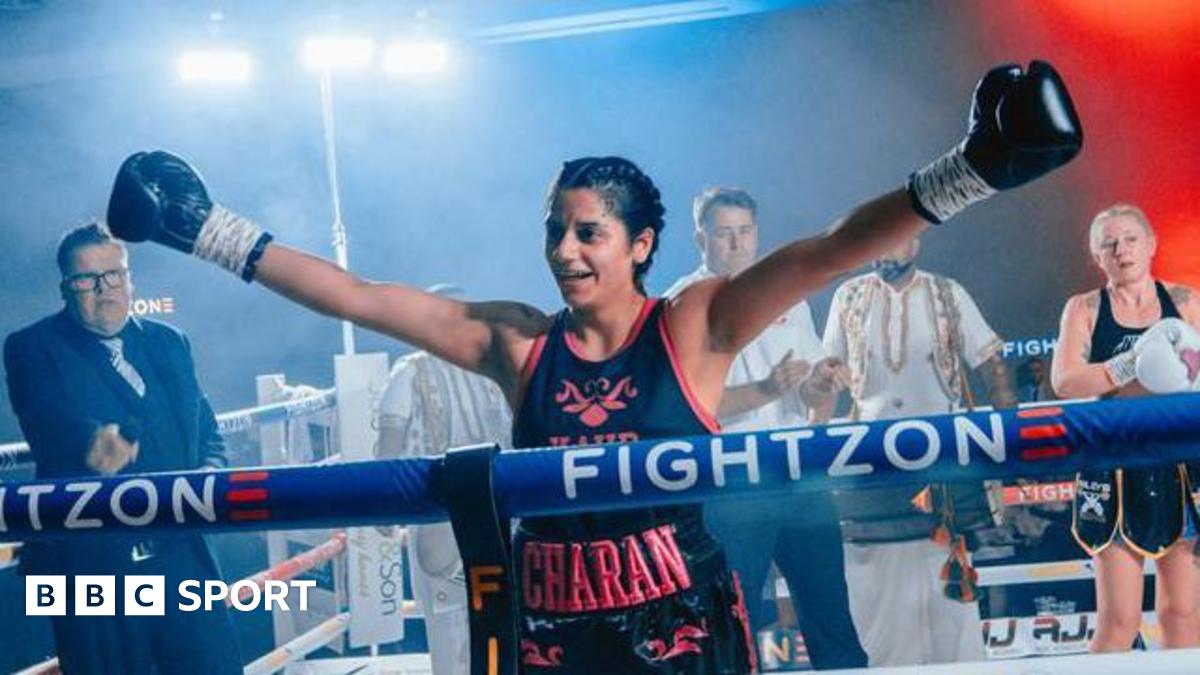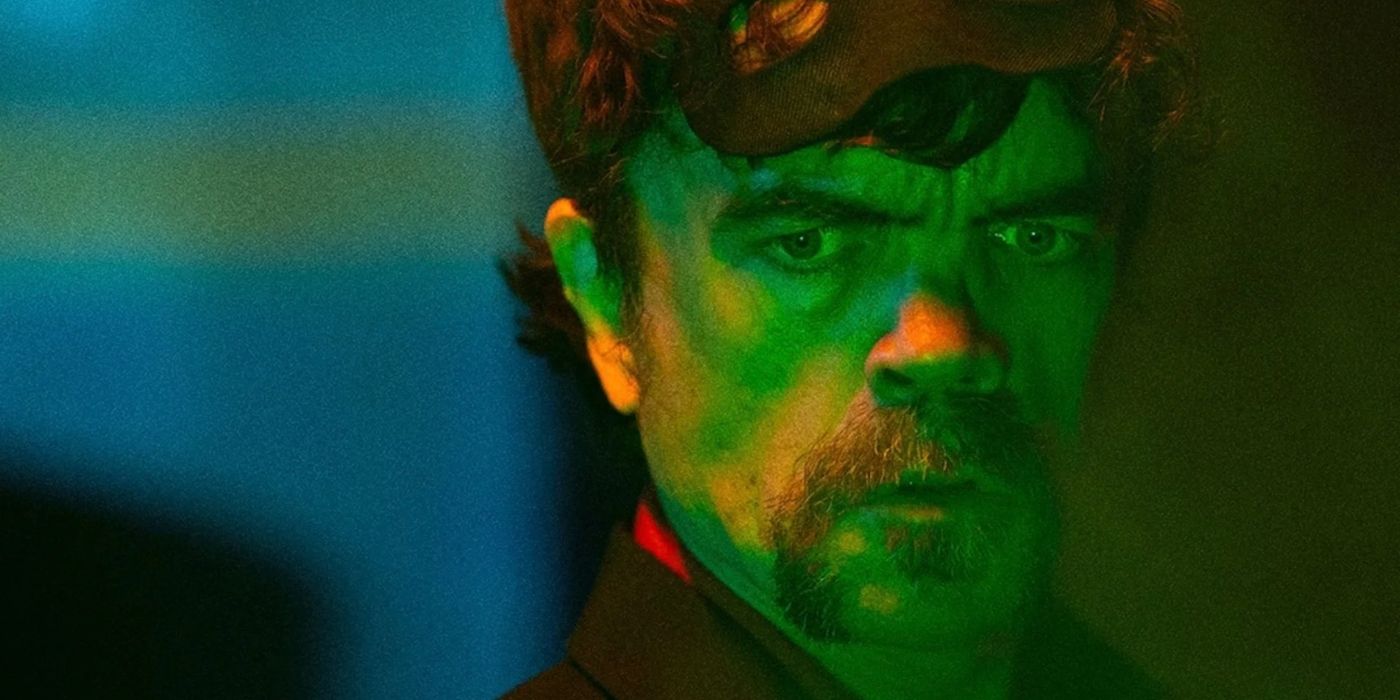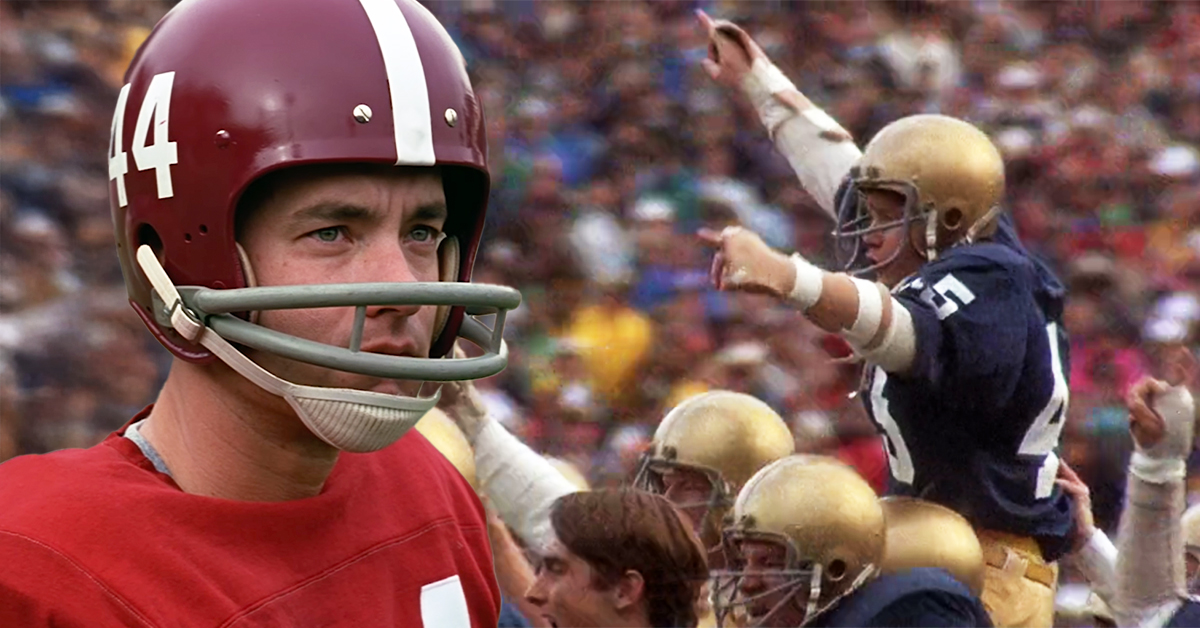Sportswear brands are turning feats of athleticism into branded content, and the race to win is only getting started
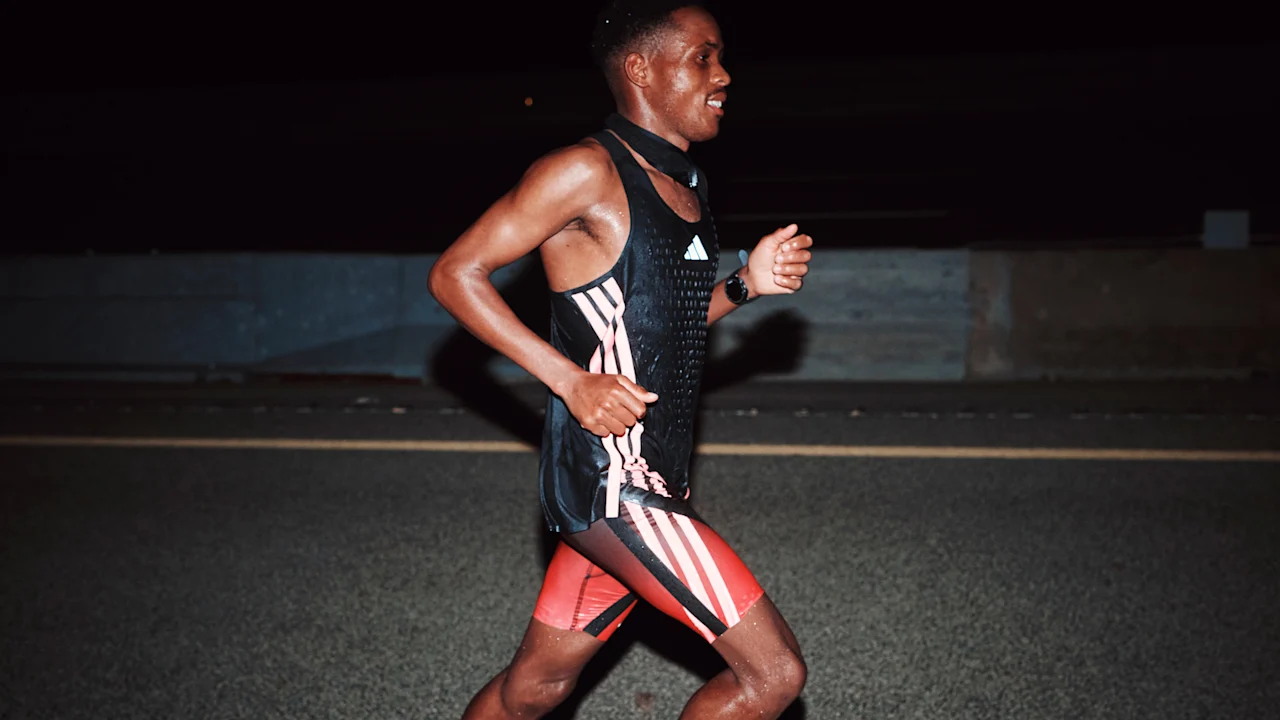
In the early morning hours of August 26, South African long-distance runner Sibusiso Kubheka became the first person to complete a 100-kilometer run (that’s 62.14 miles) in less than six hours. He beat the previous world record by 6 minutes and 15 seconds.
The race featured five of the planet’s fastest endurance runners at the Nardò Ring high-performance test track in Lecce, Italy. With a time of 5 hours, 59 minutes, and 20 seconds, 27-year-old Kubheka not only has expanded the limits of what we thought humans were capable of in terms of distance and speed, but also made one helluva commercial for Adidas.
The run is part of a broader project by the brand called “Chasing 100,” in which Adidas worked to fine-tune its apparel and footwear in order to break the 100-kilometer record. If this sounds familiar, then you’ve likely seen Nike’s 2017 documentary Breaking2, chronicling its then-failed attempt to break a 2-hour marathon. Or its newest series airing on Prime called Breaking4, about Kenyan runner Faith Kipyegon’s quest to be the first woman to break the 4-minute mile.
The Breaking2 livestream event attracted more than 20 million viewers and racked up 2 trillion social impressions months before the doc even aired on National Geographic.

“Chasing100” is the latest entry in this arms race of branded stunt running content that is pushing athletes, sports science, running tech, and designers into new and exciting places. Just as important, these are benchmarks for the brands involved to showcase their innovation chops to customers and potential customers around the world.
Running is a pursuit of fine margins, with brands of many sizes racing for the throne. Here, Adidas has tossed down a gauntlet it hopes will boost its brand image among everyone from elite runners to everyday joggers.
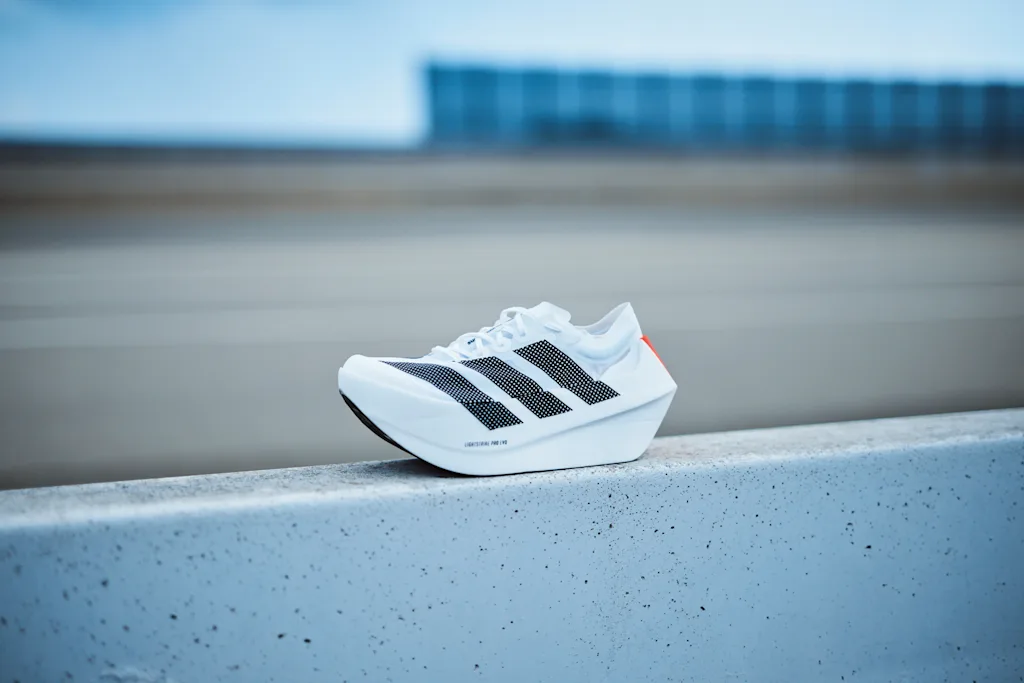
Designing for a world record
The four other athletes who took part in the race were previous 100-kilometer world-record-holder Aleksandr Sorokin of Lithuania, Jo Fukuda of Japan, current 80-kilometer world-record-holder Charlie Lawrence of the U.S., and former 50-kilometer world-record-holder Ketema Negasa of Ethiopia.
Adidas worked with each one to customize its Adizero Evo Prime X, fine-tuning the shoes to fit each runner’s distinctive style. The runners also utilized the brand’s “Ultracharge” system, which puts the shoes in a pressurized container for several days ahead of the race to give the midsole foam increased responsiveness.
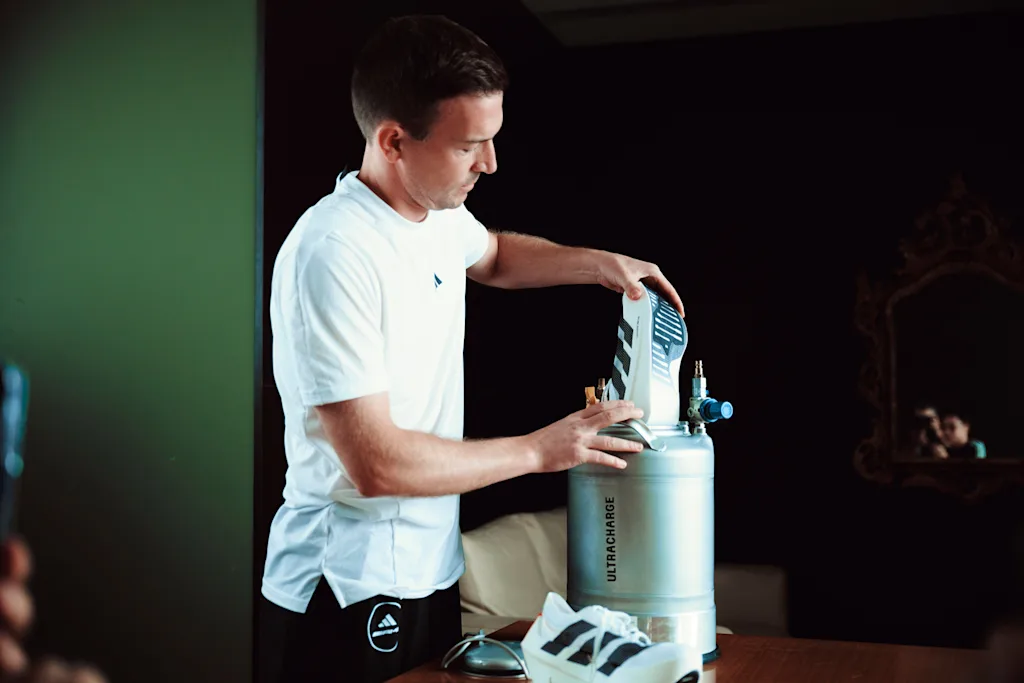
The runners weren’t the only ones racing. Harry Miles, Adidas’s director of football innovation, said the process of designing these custom shoes began in February and testing took place in July. The company shrunk its R&D-to-production schedule significantly, thanks to new methods and tech that allowed for the creation of the shapes and materials much more quickly than ever before. Miles is cagey about the new methods, calling them the brand’s “secret sauce.”
“We wanted to build the most innovative shoe we’ve ever built for these conditions,” Miles says. “But we didn’t want to make it easy. We wanted to make it a tough test for the product and also the athletes, to prove that they can do something that most people think is impossible.”
On the apparel side, racers used the “Climacool” system to cool down their core body temperatures before running in the heat and humidity of southern Italy. It’s the same combination of cooling and insulating tech—with a cooling vest and insulation jacket—worn by the Mercedes-AMG Petronas Formula 1 team.
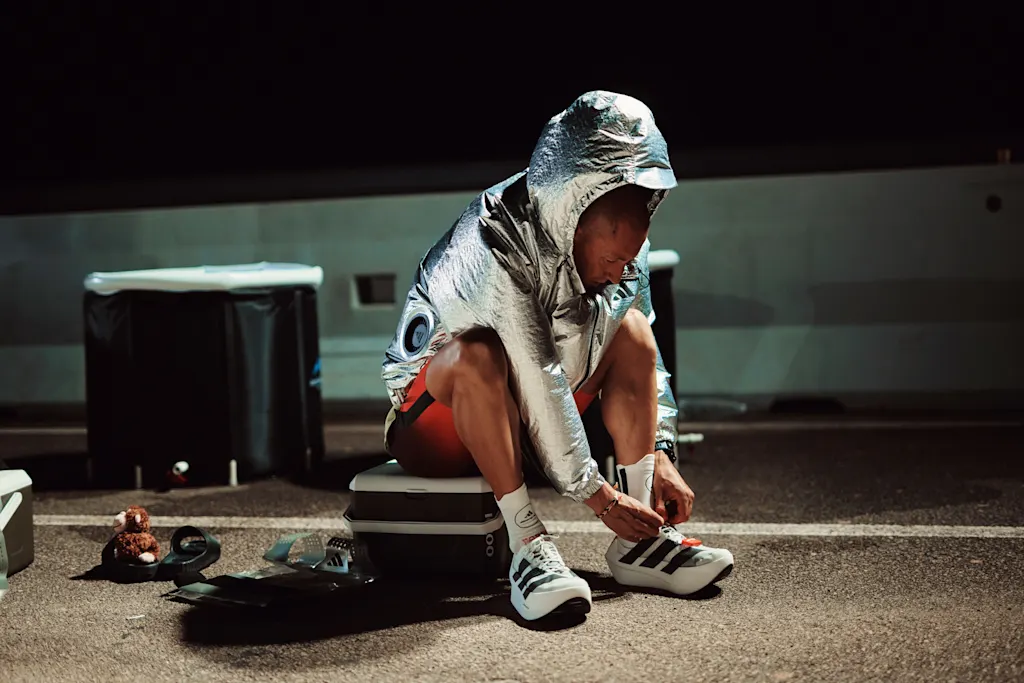
Each runner had their own cooling neck bands, which could be swapped out and refreshed during the race. The Clima 3D singlet features 3D-embossed material (like small rubber nubs) body-mapped to areas of the shirt with the highest skin contact and sweat production to improve airflow, sweat evaporation, and cooling.

The TechFit shorts feature stiffening bands strategically placed for each runner’s body to stabilize the hips, supporting running economy and endurance. Commercial versions of both the shorts and singlet will be available to the public sometime next year.
Margherita Raccuglia, Adidas’s director of athlete performance, led the apparel team. She says that endurance, speed, and heat management were the three main factors in the design process, along with a fair amount of customization for each individual runner.
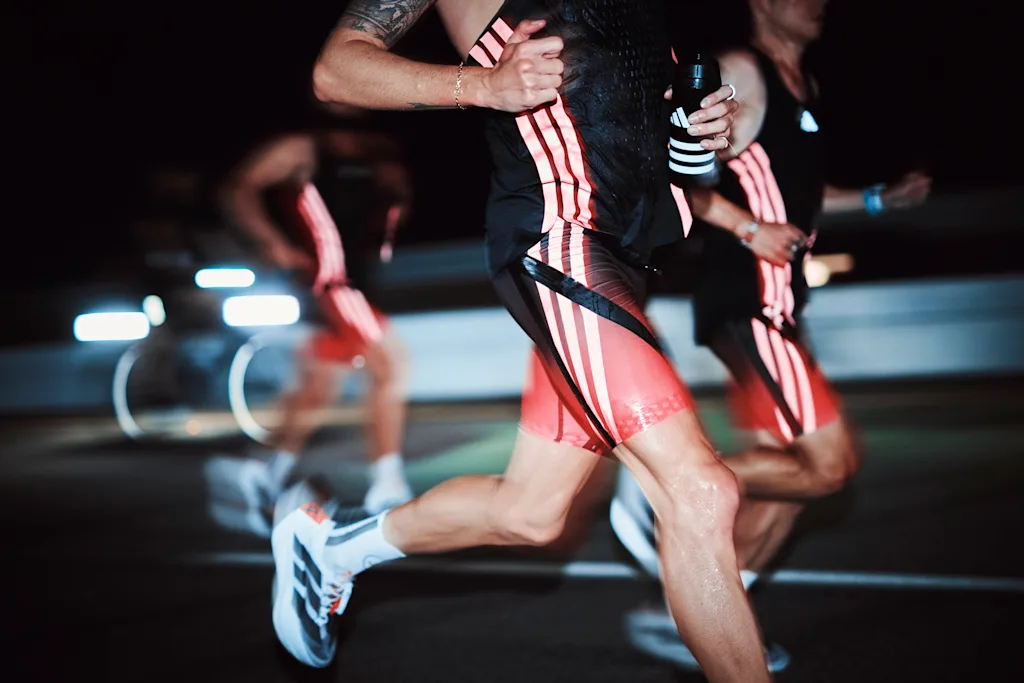
“There is a certain amount of familiarization and adaptation to the product that is not to be underestimated because, of course, there is always the physiological and physical performance, but there is also the cognitive part [of the] performance,” Raccuglia says.
“Athletes are very ritualistic, and they love their routine. Even a centimeter off in their socks is going to put them off. So our job and our challenge throughout the process was really to fine-tune the product into the best possible performance while still being something that the athletes feel comfortable with.”
Both Raccuglia and Miles credit the rapid prototyping their teams were able to do with giving the athletes equipment that was optimized for their bodies. “The approach is really going back to the basis of what Adidas is and what our fundamentals are, which is only the best for the athletes,” Miles says. “Really being there and crafting it with them. The most difficult part to solve is the final 5%, right? But that’s also where you just have to kind of roll up your sleeves.”
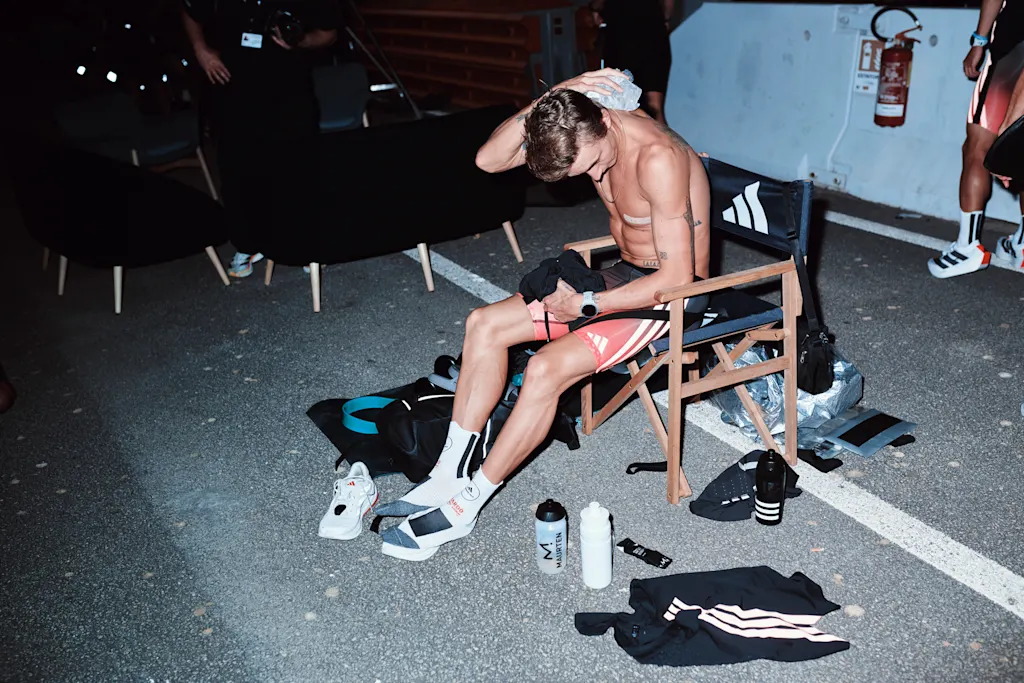
Process vs. Results
A project like this is about accomplishing multiple goals simultaneously. For the runners, it is the athletic achievement. For the product designers and engineers, it is a massive investment and opportunity in R&D. And for the brands, more than anything else, it is myth-making. Embracing and aiming for impossible goals will appeal to any athlete or sports fan. So documenting the process and telling the whole story creatively is (or should be) inextricable from the goal of breaking a performance record.
“It’s truly exciting to go after what is going to be the fastest 100-kilometer run in history, but really showcasing that process is also a critical piece,” says Marc Makowski, senior vice president of creative direction and innovation at Adidas. “We start by looking at moments that really shape what the future of sport is going to look like, and then use an opportunity like ‘Chasing100’ to bring together the most daring designs we’re creating.”
Chasing and Breaking
In both of Nike’s Breaking projects, the brand not only designed and worked on equipment to help the runners achieve their goals but also picked locations with optimal conditions to break records. Adidas took a different approach, choosing southern Italy in the summertime in order to have an intentionally challenging environment for the race. The strategy was to push the runners and their gear to the edge of their abilities.
“The learnings are almost endless for the team moving forward,” Makowski says. “There are so many things here that will inform the next generation of endurance- and speed-related projects.”
So far, Adidas has been putting out social content around the race and Kubheka’s accomplishment. There are plans to launch a long-form piece of content in the coming weeks that will tell the story behind the new record.
It will be interesting to see just how much this new story—and how it’s told—differs from Nike’s Breaking work. In some ways, there is a pretty clear formula to work from: Introduce audiences to a cast of characters—the runners, designers, engineers, and support staff—and use the buildup to the race to establish emotional stakes.
This type of blockbuster, event-driven content is where giants like Adidas and Nike have an advantage over challengers like Brooks, Saucony, Asics, On, and Hoka. Both brands trace their roots to track and field. Phil Knight and Bill Bowerman at the University of Oregon. Adolf Dassler and Jesse Owens at the 1936 Olympic Games in Berlin. Their scale as global brands, now across many different sports, fuels their ability to flex that strength in telling these specific stories in running.
With “Chasing100,” Adidas has collected the characters, from the runners and their backstories to company insiders like Miles and Raccuglia. Now it needs to truly convey the drama and gear-nerd design process in a compelling way. If it can do that, we may just be embarking on an intriguing arms race of running content that will straddle sports storytelling and brand innovation in new ways.
On your mark, get set.
What's Your Reaction?
 Like
0
Like
0
 Dislike
0
Dislike
0
 Love
0
Love
0
 Funny
0
Funny
0
 Angry
0
Angry
0
 Sad
0
Sad
0
 Wow
0
Wow
0




